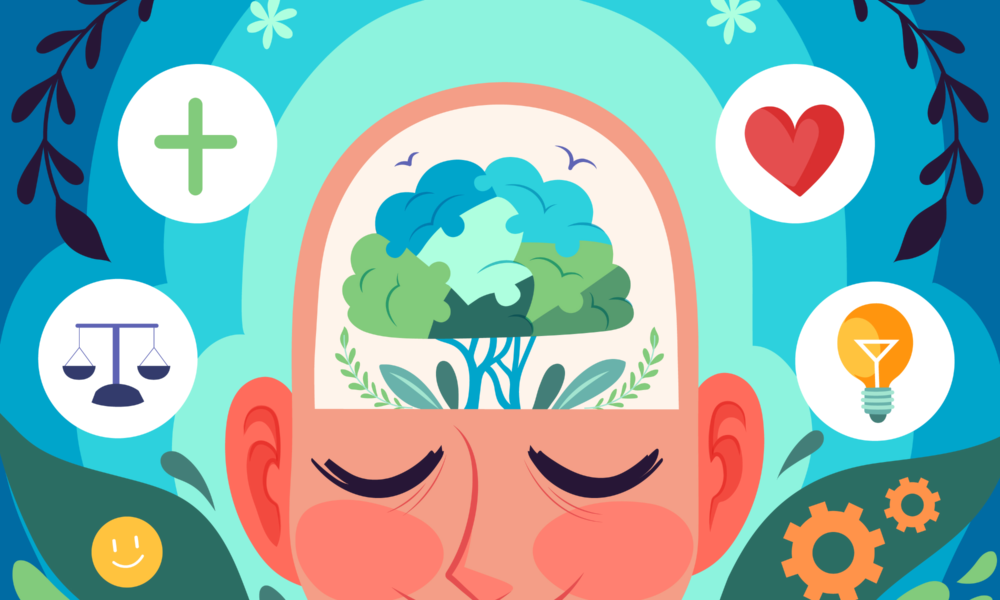Four Reasons Why We Diagnose

Four Reasons Why We Diagnose
There is ongoing discussion on labeling or pigeonholing people. Positive psychology and life coaching have been in the forefront, offering solutions to challenges instead of labeling problems. Evaluating a client has its place and can serve many purposes if we understand the true meaning behind diagnosis.
1. Common ground
One of the most obvious reasons for diagnosis is that it provides us with a common language to describe the client’s symptoms. When we use terms like depression, obsessive-compulsive, or attention deficit hyperactivity disorder, most of us think about many of the similarities that correspond with these diagnoses. This is very helpful in collaborative conversations with other clinicians and is a more descriptive way to communicate.
2. Discernment
The word diagnosis comes from the Greek dia, meaning discernment, and gnosis, meaning knowledge or knowing. Careful discernment prevents the problems that arise from vague, imprecise labels. An example of vague terminology is when the military assessed American men for their mental health during World War I. Assessments revealed fifty percent of the men to be “feeble minded,” because it was the best term they had to describe mental illness. This term was not sophisticated enough to discern between severe medical issues of schizophrenia—treated through medication—and diagnoses such as trauma that are treated by talk therapy. An accurate diagnosis helps identify the presenting issue.
3. Billing
Generally speaking, insurance companies don’t like to reimburse clinicians for services unless there is something sufficiently “wrong” with the client. It is not enough for a teenaged daughter to be struggling with her mother for the insurance company to reimburse a clinician to resolve those issues. In order to get reimbursed, the clinician must find something “wrong” with either mother or daughter.
4. The ultimate purpose of diagnosis
But the ultimate goal of any diagnosis is to help people get better. Sometimes clinicians can help a client by identifying a person as ADHD, giving him access to a stimulant and having the symptoms decrease within an hour of taking the medication. Sometimes, within a session, a therapist can reduce the symptoms of trauma the client has been carrying for years.
However, often the best diagnosis does not come from the DSMV or other medical text—a process of labeling that may pigeonhole someone into a certain “illness” whether it is accurate or not. Sometimes the best diagnosis comes by assessing a situation or dynamic between two people versus symptoms—for example, understanding how a husband tries to problem solve for his wife when she merely is seeking validation.
Sometimes effective diagnosis requires being open to a systems approach. One of my nine year-old clients was overturning desks after the teacher asked him to read from the board. His behaviors did not stop through medication, play therapy, or a behavior chart. His behaviors stopped when he got a new pair of glasses and could see the board in front of the classroom.
The important aspect of a diagnosis is helping the client feel better. It is not always easy to tell what causes inattentiveness. It can be ADHD, depression, or anxiety—just to name a few.
What begets what? Is the person having attention issues because they are depressed and anxious or are they depressed and anxious because they are frustrated from having ADHD? Regardless of the actual diagnosis, it is sometimes best to identify the client’s struggle with organization. In this instance it does not matter what the label is. Modeling organizational skills can help the client to feel better regardless of whatever classic diagnosis is assigned to the client.
Diagnosing can serve the client well when we remember that the goal is to help the client feel better. We can help improve symptoms when we diagnose the appropriate systemic issue, individual symptom, or dynamic that lies between people.

